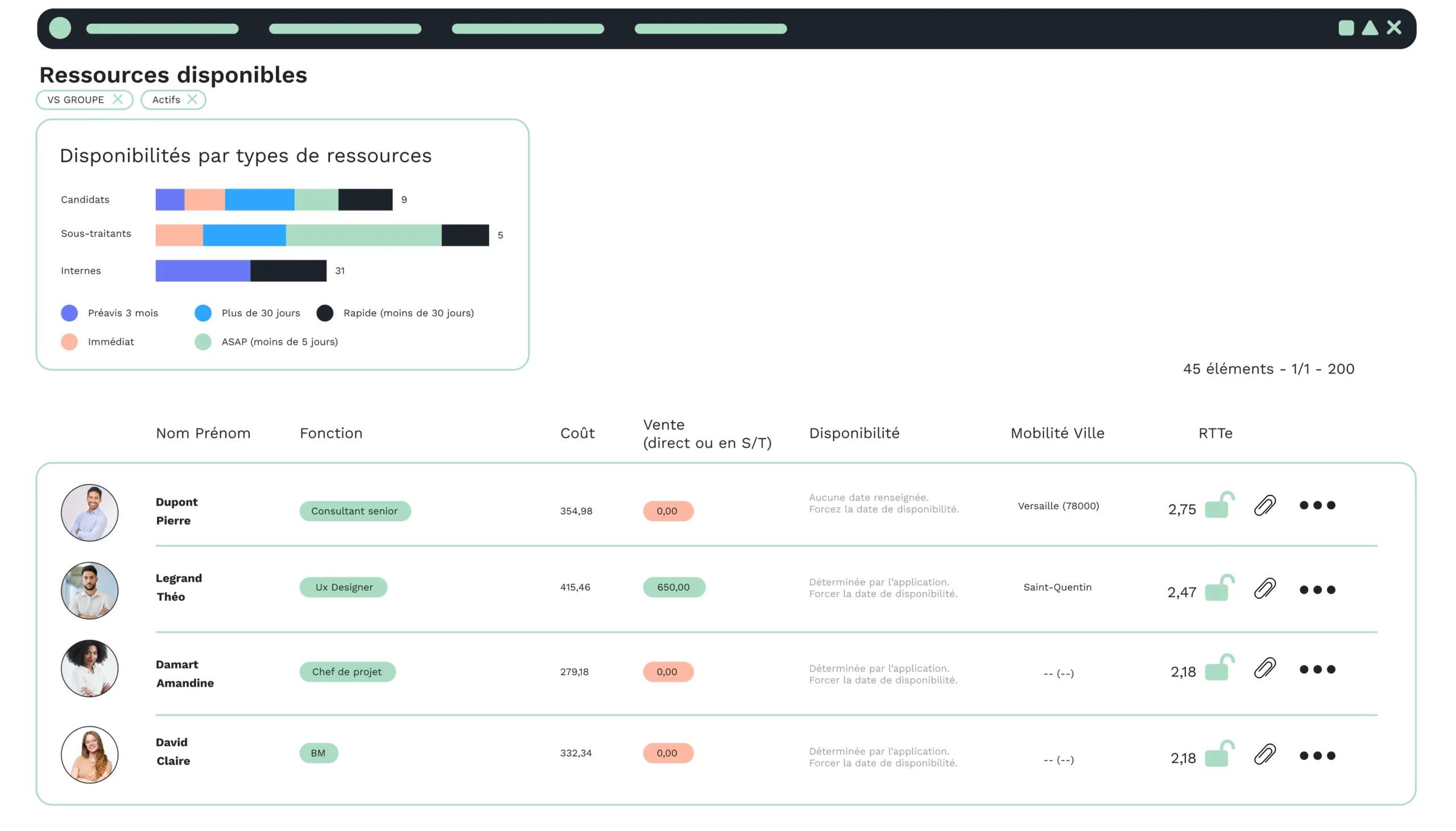One of the consequences of COVID-19 is the acceleration of the digital transformation of companies, born of the new needs imposed by telecommuting and confinement.
Indeed, the digital transformation of companies is nothing new, and numerous surveys have highlighted certain corporate functions as likely to be leaders in the transition to digital. But the coronavirus forced many companies, some of them reluctant, to rethink their culture and organization.
Companies must ensure business continuity under new conditions, for those who can. These companies need to equip themselves with technologies capable of supporting them in this virtually unprecedented situation.
The vast majority of corporate functions are affected: HR, marketing, sales, CFO, IT and purchasing, which will be the main focus of this article.
The purchasing function and digital transformation
Going back a few months, a Deloitte study, CPO Survey France 2019, reports on the digital transformation of the corporate Purchasing function. Here’s what it comes down to.
The study reveals that purchasing managers have 4 main objectives
- Cost savings
- Operational efficiency
- Customer satisfaction
- Innovation
To achieve these objectives, purchasing managers have identified several strategies, the most important of which are as follows:
- Strengthening supplier partnerships
- Improving specifications
- Restructuring the Purchasing base
- Consolidating expenditure
According to the study, exploiting data should contribute to achieving objectives for several reasons: data analytics can improve process efficiency, perform advanced analysis for cost reduction, optimize the supplier portfolio and, finally, improve procurement.
The Purchasing function and the COVID-19 crisis
Current situation
In the face of the COVID-19 crisis, economic activity is slowing down, inventories are running low in some sectors, payment times are likely to lengthen further, and the cash flow of some companies is on the wane.
In response, the French government and BPI France have set up a scheme to help companies in difficulty. For more information, visit the government website and BPI France.
The purchasing function in turmoil
Although its role is evolving, the two main tasks of the Purchasing function are to find suppliers and to evaluate them. These tasks play a vital role in the company’s financial, commercial and strategic plans.
Purchasing managers have to deal with out-of-stock situations or long delivery times, especially when the supplier is from abroad. They will have to make strategic decisions to limit the damage to their business as much as possible, such as reviewing certain supplier contracts, thinking about a new way of producing, and so on.
What tools are needed to make the right strategic decisions for the purchasing function?
Reporting and dashboards
To make the best possible decision for the company, purchasing managers need to analyze their business and its ecosystem. And what better way to achieve this than with data, through reporting and dashboards derived from the company’s activity.
Reporting and dashboards provide purchasing managers with indicators based on set objectives and company performance.
For the most efficient analysis, data must be reliable and rapidly accessible. Indeed, in times of crisis, even if haste is not advisable, it is important to optimize analysis time and thus limit damage as much as possible.
Some tools, such as VSA, provide you with reporting and dashboards linked to your company’s activity.
VSA ERP: A reporting and dashboard tool
VSA is a dedicated ERP for the Consulting and Service professions. The solution covers a wide range of business functions.
Using an ERP such as VSA to manage your business enables you to centralize information, so that all data relating to your company’s activities is at your fingertips: HR, recruitment, purchasing, sales, business, etc.
Thanks to the reporting and dashboards it offers, ERP will be able to support Purchasing in its strategic thinking.
VSA allows you to evaluate your suppliers on a number of criteria, such as on-time delivery, product availability and price. You can also view your relationship history.
So much information to help you think things through.
Read also







